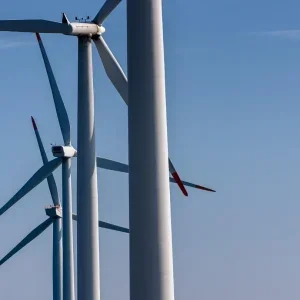
The IEA has again lowered its estimates for 2019 oil demand growth with the global appetite continuing to fall short of expectations.
According to the autonomous organisation, demand increased by just 520,000 barrels a day (b/d) between January and May, prompting it to lower its full-year predictions for 2019 and 2020 by 100,000 b/d and 50,000 b/d, to 1.1m b/d and 1.3m b/d, respectively.
This marks a sharp reduction from the original 1.5m b/d forecast for 2019 — made last year — which had already been lowered to 1.2m b/d in June.
The autonomous organisation suggested escalating tensions between the US and China and the potential of a global economic slowdown could be to blame.
“The situation is becoming even more uncertain,” the IEA said in its monthly report, which described global oil demand over the first six months of 2019 as “sluggish.”
“Meanwhile, the prospects for a political agreement between China and the US on trade have worsened — this could lead to reduced trade activity and less oil demand growth.”
Poor 2019 oil demand growth wreaking havoc with crude prices
Crude prices fell to $57 per barrel earlier this week — marking their lowest point so far in 2019, with demand continuing to fall short of supply.
Brent crude, specifically, dropped to its lowest point since January at $56.67 a barrel, 25% below its current 2019 peak in April, while Western Texas Immediate has taken a 4% hit to $52.04 per barrel.
Share prices in some of the world’s biggest oil companies have slid at a commensurate rate, with ExxonMobil, BP and Royal Dutch Shell all falling 7% over the past seven days.
The IEA highlighted the oil supply and demand deficit last month, claiming oil supply over the first half of 2019 outstripped demand by 0.9 mb/d.
It referenced a global oil surplus in the first quarter of 2019 of 0.5 mb/d, in particular, contrasting previous expectations of a 0.5 mb/d deficit during the same three-month period.
“This surplus adds to the huge stock builds seen in the second half of 2018 when oil production surged just as demand growth started to falter,” it said in a statement.
“Clearly, market tightness is not an issue for the time being and any re-balancing seems to have moved further into the future.”






